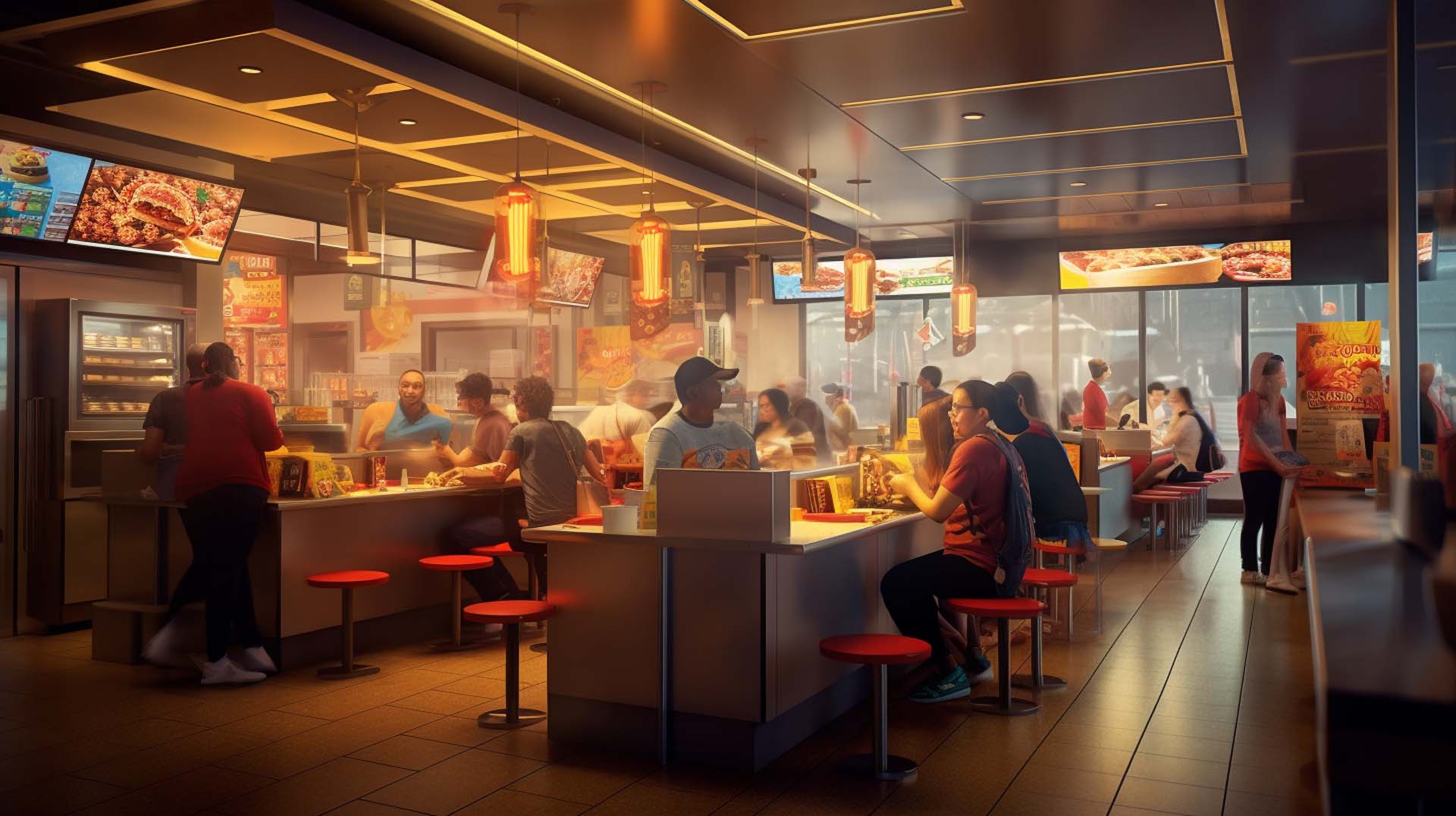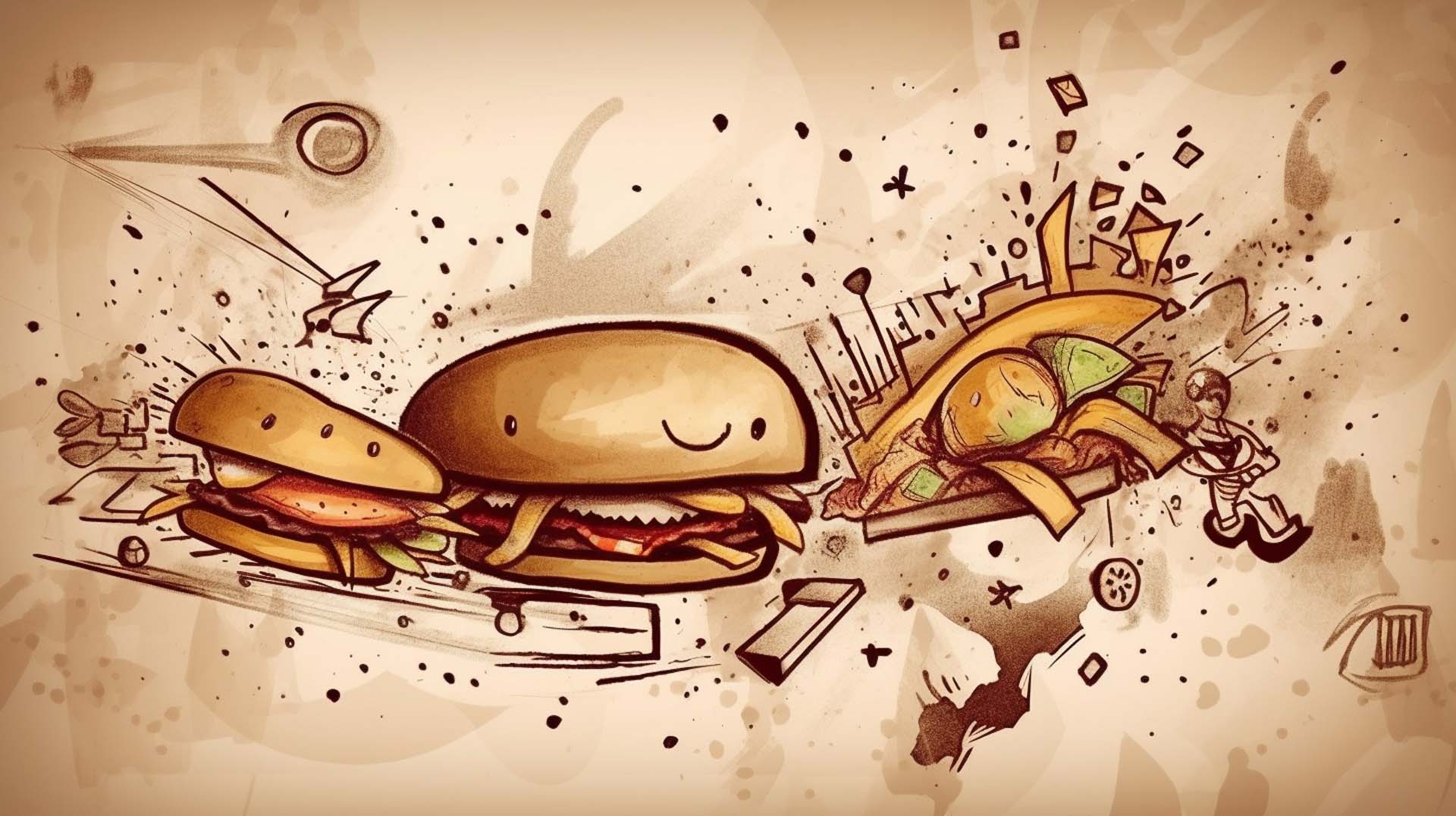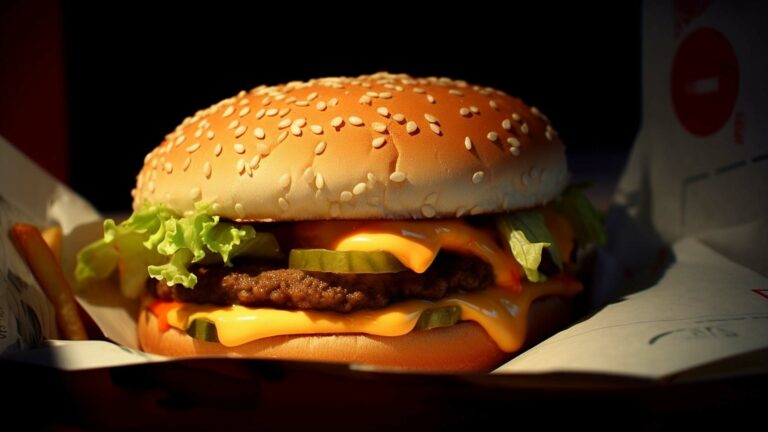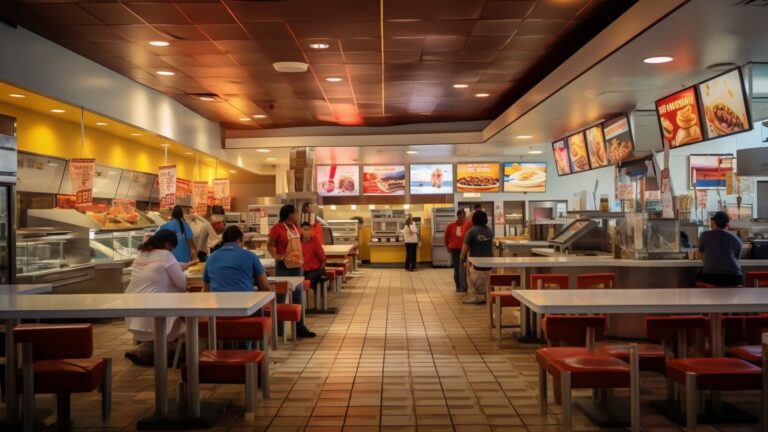Find Fast Food Restaurants Near Me in South Dakota
South Dakota is famous for its vibrant cities and diverse culture. But it also has an active fast food industry. South Dakota is renowned for its farm to table restaurants and health conscious cuisine. But fast food continues to be a guilty pleasure among many South Dakota residents.
From iconic burger joints to mouthwatering tacos, South Dakota’s fast food offerings cater to a wide range of tastes. We will explore the history of South Dakota’s fast food, its regional specialties and the evolution of this culinary phenomena.
The Evolution of Fast Food in South Dakota
South Dakota residents have been eating fast food since the early 20th Century when drive-ins started serving cheap, quick meals. Fast-food chains like McDonald’s Burger King, Wendy’s and Wendy’s began to appear in the 1950s-60s.
These establishments standardized food production, implemented efficient system, and created templates for rapid expansion.
Popularity and Ubiquity of Fast Food in South Dakota
Fast food chains are everywhere in South Dakota today. The reasons for its enduring popularity are many. Fast food is popular because it’s convenient, affordable and consistent.
Those who are in a hurry and want to grab a quick snack will be attracted by the convenience offered by drive-thru window, mobile ordering applications, and 24 hour service. Fast food is also a good option for people on a budget due to its low prices.

Health Conscious Fast Food Options in South Dakota
South Dakota fast food chains have been working to offer healthier menu items. Included in this are salads, grill items, and meals with reduced calories.
There is also a growing consumer demand for more transparency and better ingredients. Fast-food companies have responded to this by providing greater nutritional information, and sourcing better quality ingredients.
Economic and Employment Impact
Fast food is a major contributor to U.S. GDP. It is a major employer in South Dakota and provides entry-level employment for many. Low wages and few benefits are associated with many of these jobs, which has raised concerns over income inequality and workers’ rights.
Furthermore, the proliferation of fast-food chains has had an adverse effect on local independent restaurants, which struggle to compete with the resources and marketing power of national brands.
The Future of Fast Food in South Dakota
South Dakota’s fast-food market is changing due to the increasing health consciousness of consumers and their demand for healthier food options. Some chains have reduced portions, introduced plant-based options, and expanded menus to accommodate changing tastes and dietary needs.
The fast food industry is being transformed by technological advances, including automation and self ordering kiosks. They are more efficient and cost effective.

About South Dakota
South Dakota ( də-KOH-tə; Sioux: Dakȟóta itókaga, pronounced [daˈkˣota iˈtokaga]) is a landlocked state in the North Central region of the United States. It is also part of the Great Plains. South Dakota is named after the Dakota Sioux tribe, which comprises a large portion of the population with nine reservations currently in the state and has historically dominated the territory. South Dakota is the 17th largest by area, but the 5th least populous, and the 5th least densely populated of the 50 United States. Pierre is the state capital, and Sioux Falls, with a population of about 213,900, is South Dakota’s most populous city. The state is bisected by the Missouri River, dividing South Dakota into two geographically and socially distinct halves, known to residents as “East River” and “West River”. South Dakota is bordered by North Dakota to the north, Minnesota to the east, Iowa to the southeast, Nebraska to the south, Wyoming to the west, and Montana to the northwest.


